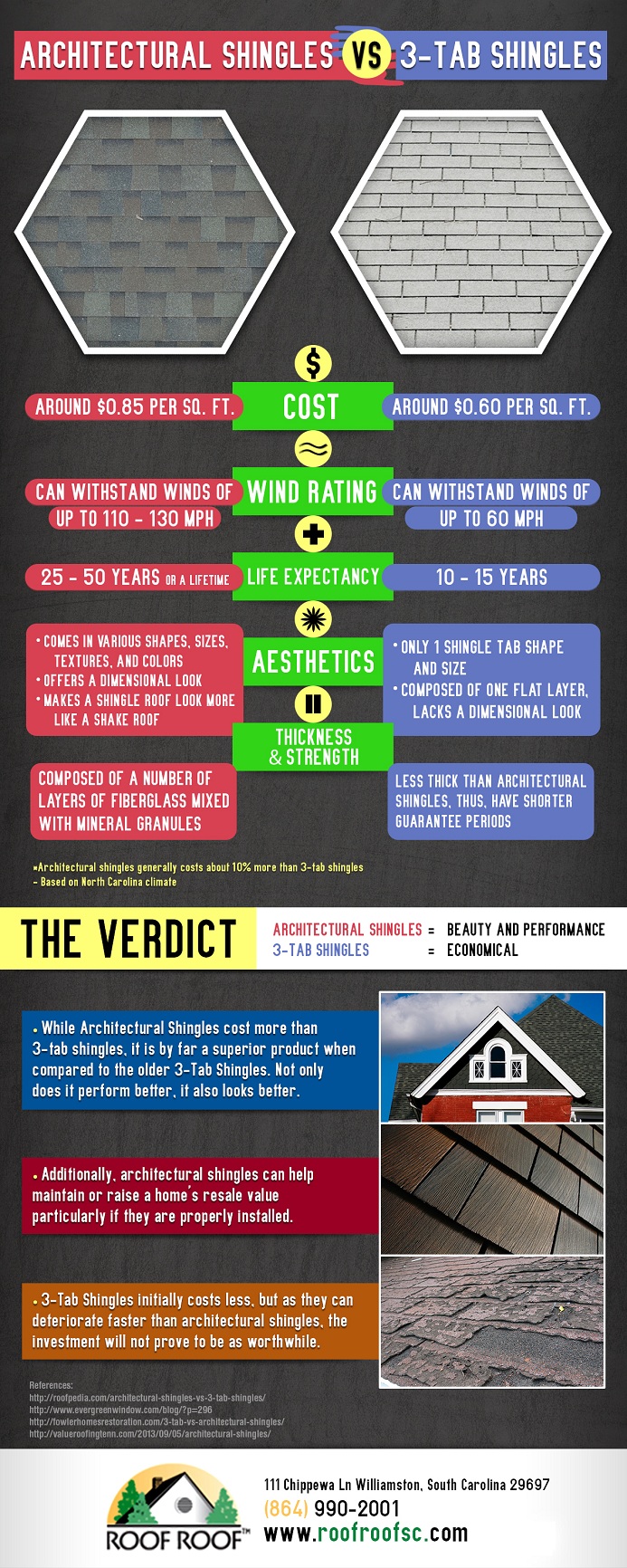Finding Roofing Damages Early To Prevent Serious Complications
Finding Roofing Damages Early To Prevent Serious Complications
Blog Article
Short Article By-McKay Lysgaard
To safeguard your home from prospective expensive repairs, determining roofing system damages early is essential. By keeping an eye out for subtle indicators like missing out on shingles or water spots, you can capture issues before they intensify. However what regarding those usually neglected locations that could hint at covert problems lurking above you? Remain tuned to find key tips for identifying roofing damage prior to it rises right into a major headache.
Early Indication
Detecting roofing damages early can save you time and money. One crucial early indication to keep an eye out for is missing or damaged shingles. If you notice any tiles that are fractured, crinkling, or totally missing, it's necessary to address the concern promptly. These harmed shingles can leave your roofing at risk to leaks and additional damage.
Another indication to try to find is water spots on your ceiling or wall surfaces. These stains can show a leak in your roof covering that requires immediate focus. Neglecting these water stains can lead to extra considerable and expensive repair services down the line.
In addition, be on the lookout for any kind of indicators of drooping or sagging locations on your roof covering, as this could indicate architectural damage that requires to be taken care of without delay.
Exterior Assessment Tips
Consistently evaluating the outside of your roof covering is important for keeping its honesty and recognizing possible damages early. Begin by analyzing the roof shingles-- search for any type of missing out on, fractured, or crinkling roof shingles, as these can be indications of roof covering damages.
Inspect the gutters for granules from the tiles, as extreme granule loss might signify aging or weathering. Focus on the flashing around vents, chimneys, and skylights, guaranteeing they're snugly sealed and without splits.
Search for signs of moss, algae, or mold and mildew development, as these can result in roof wear and tear otherwise addressed promptly. Furthermore, inspect the fascia and soffits for any kind of water spots or rot, which can signal water damages.
Finally, examine the total problem of your roof from the ground, seeking any type of drooping locations or noticeable dips. By conducting san antonio flooring installation , you can capture roofing damages early and stop it from turning into a significant problem.
Inside Red Flags
When checking your roof for possible damage, do not forget the importance of inspecting the interior of your home. Interior red flags can commonly be early signs of roof problems that need interest.
Start by analyzing your ceilings for any kind of water spots or staining, as these can indicate a leakage in the roof. Another essential area to evaluate is the attic, where signs of water damages, mold and mildew, or mildew might show a roof covering issue.
Pay close attention to any type of stuffy smells or a recognizable boost in humidity levels, as these can likewise be indicators of water invasion from a harmed roofing. Furthermore, sagging locations in the ceiling or walls need to be taken seriously, as they could be an outcome of water damages compromising the structure.
If you notice any of these interior red flags, it's essential to have an expert contractor assess the situation promptly to stop further damages and pricey repair work.
Final thought
By remaining vigilant and routinely looking for early indication of roofing damage, you can avoid small issues from becoming significant issues. Watch out for missing out on or harmed shingles, water stains on ceilings or walls, and any type of drooping or sagging areas on the roof covering. By resolving these problems quickly, you can save on your own from expensive repair services and guarantee your roofing stays in good condition for years to find. Stay positive and shield your home from prospective damage.
